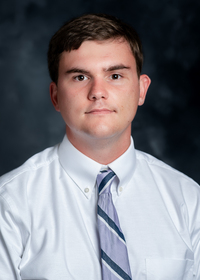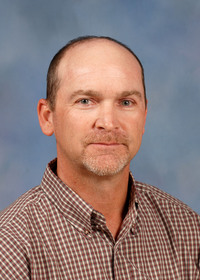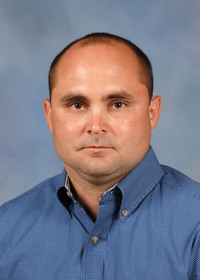County Gardeners Extension Express
Safe Gardening Tips
Don’t do any gardening task that you are not prepared for. Activities to prepare may include exercises such as squats, toe raises, lunge stretches, or bicep curls. When lifting heavy objects while gardening, squat and use your leg muscles rather than your back. When weeding, it is best to kneel or sit down rather than bend over, and consid-er using a mat or knee pads to provide cushion. One foot should be kept on the ground for support when kneeling, with leg positions alternating every few minutes. It helps to break a large task into several smaller ones. This avoids overexertion and gives more opportunities for hydration. It is also a good idea to avoid physical repetition by switching up activities about every 20 minutes. Always keep in mind your personal limits.
A raised bed reduces how much you have to hunch over to interact with the garden. Using tools with proper length and ergonomic handles will assist in keeping your wrist and back straight when using each tool. Make sure to always use the cor-rect tool for the job.
For information on exercises you can perform using items found in and around the home, see Extension Publication P4078, Getting In Shape to Garden.






